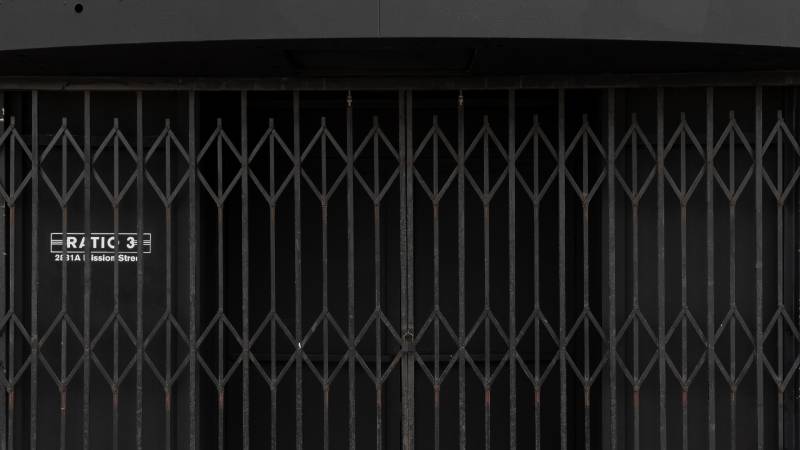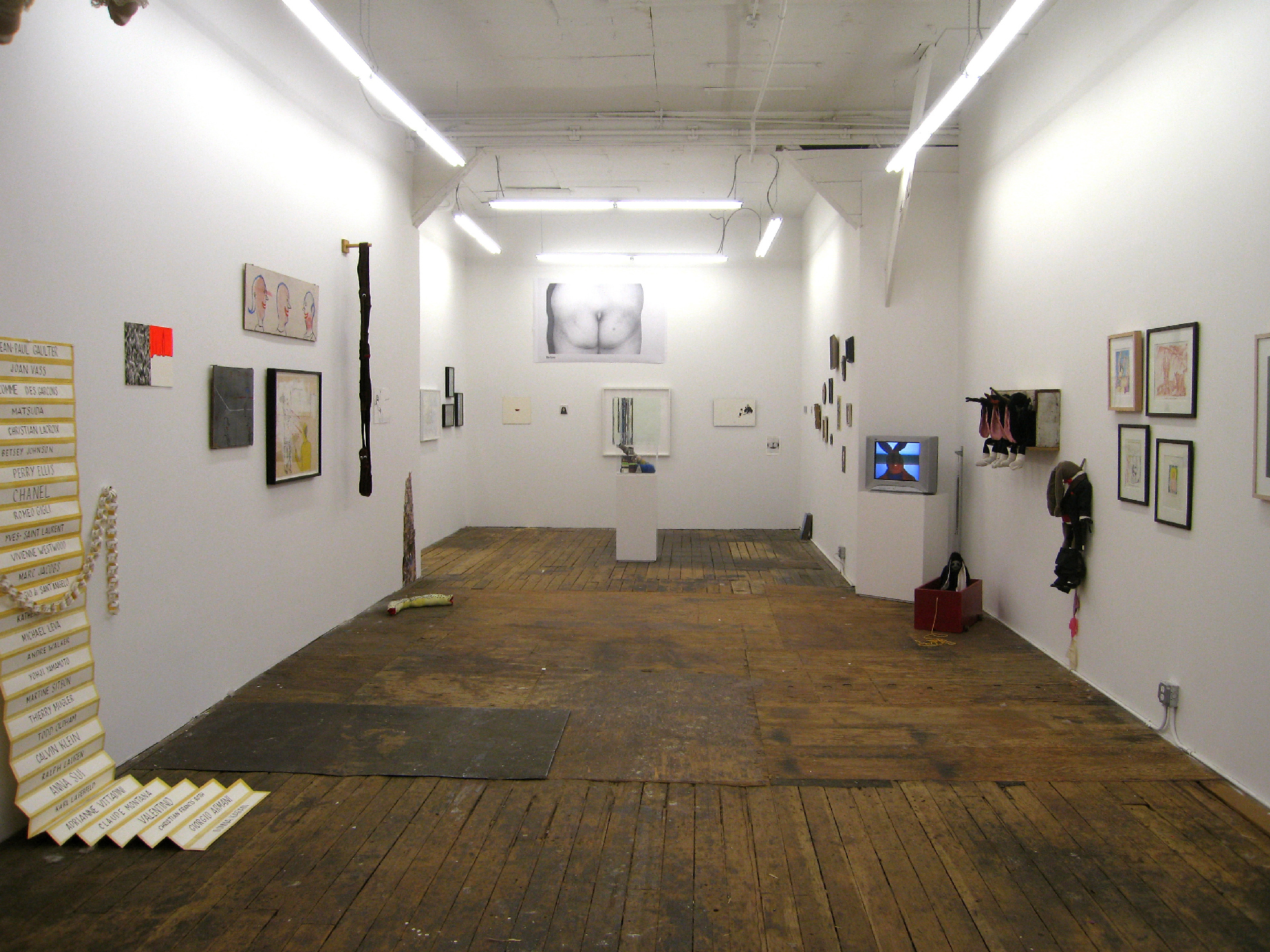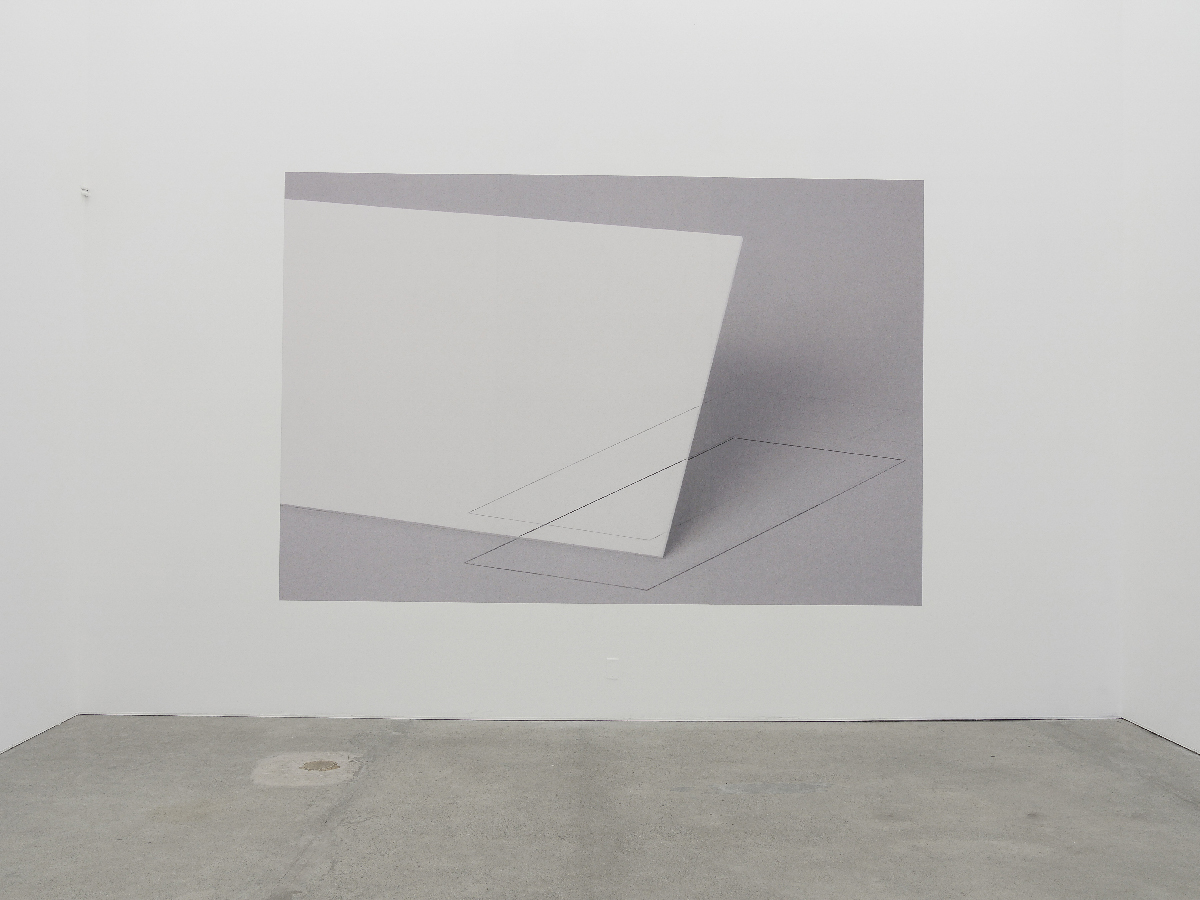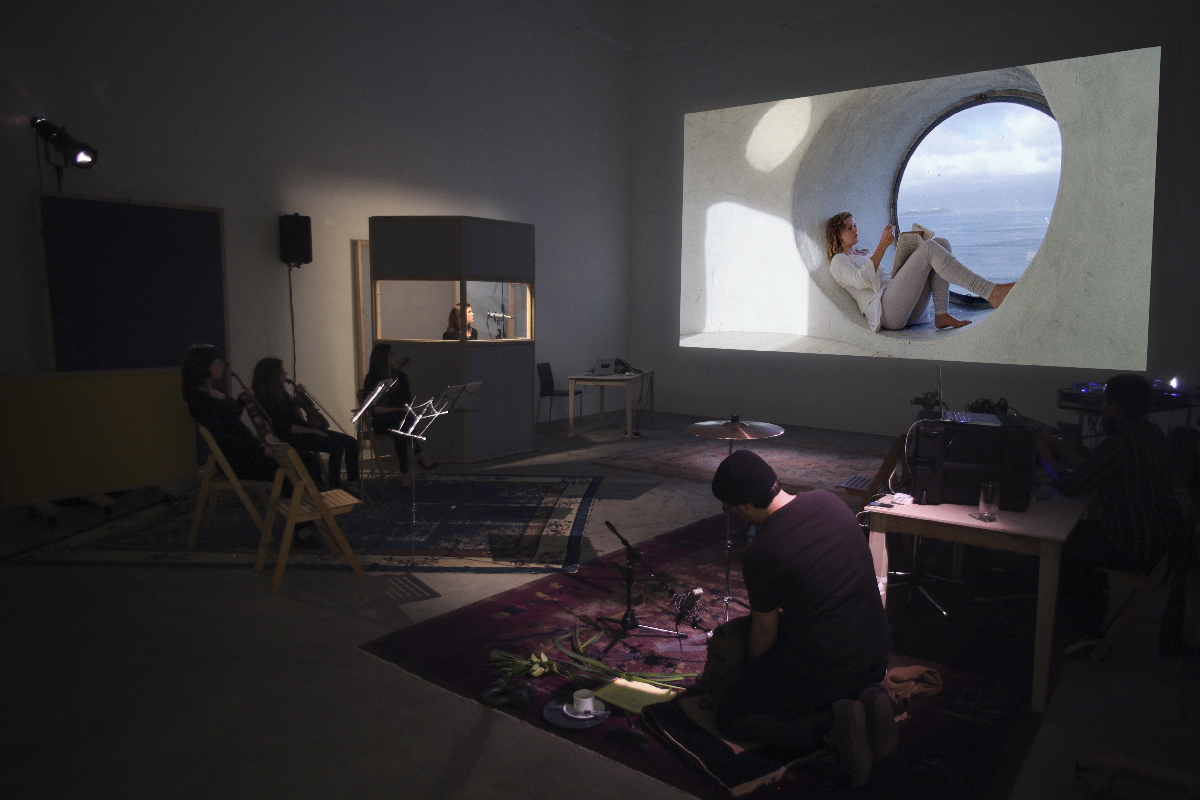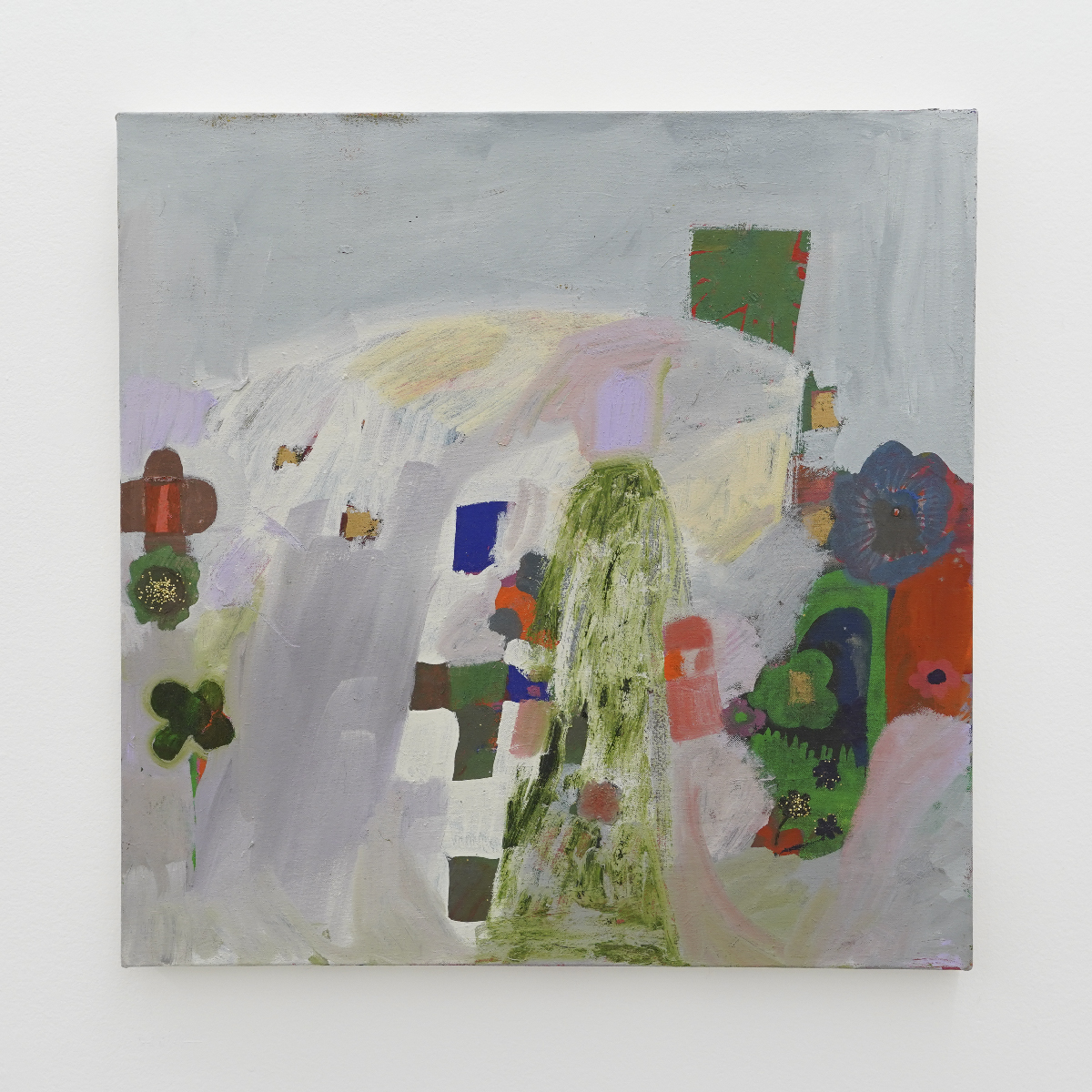On March 7, the Mission District gallery Ratio 3 announced its permanent closure. “The time has come for us to close the gallery and explore other creative endeavors,” read the Tuesday email announcement. In an interview, gallery founder Chris Perez said future plans for the gallery’s space at 24th and Mission will be revealed in the coming months.
Ratio 3 represented artists such as Barry McGee, Takeshi Murata and Ryan McGinley, as well as the estate of Margaret Kilgallen. The gallery has shown over 182 artists in its 20 years of exhibitions, and has been central to various Bay Area visual art scenes.
When Ratio 3 opened in 2003, it was in a room in Perez’s apartment at Guerrero and 21st Street. The first show was an installation by Mark Shetabi, who built a hallway and small room inside of the 11-by-13-foot room Perez, his roommate, and his boyfriend had dedicated to the gallery. Through a peephole, at the end of the hallway, you could see two oil paintings. They sold the piece to a local collector. Perez says he thought, “Huh? I guess we can keep doing this!”
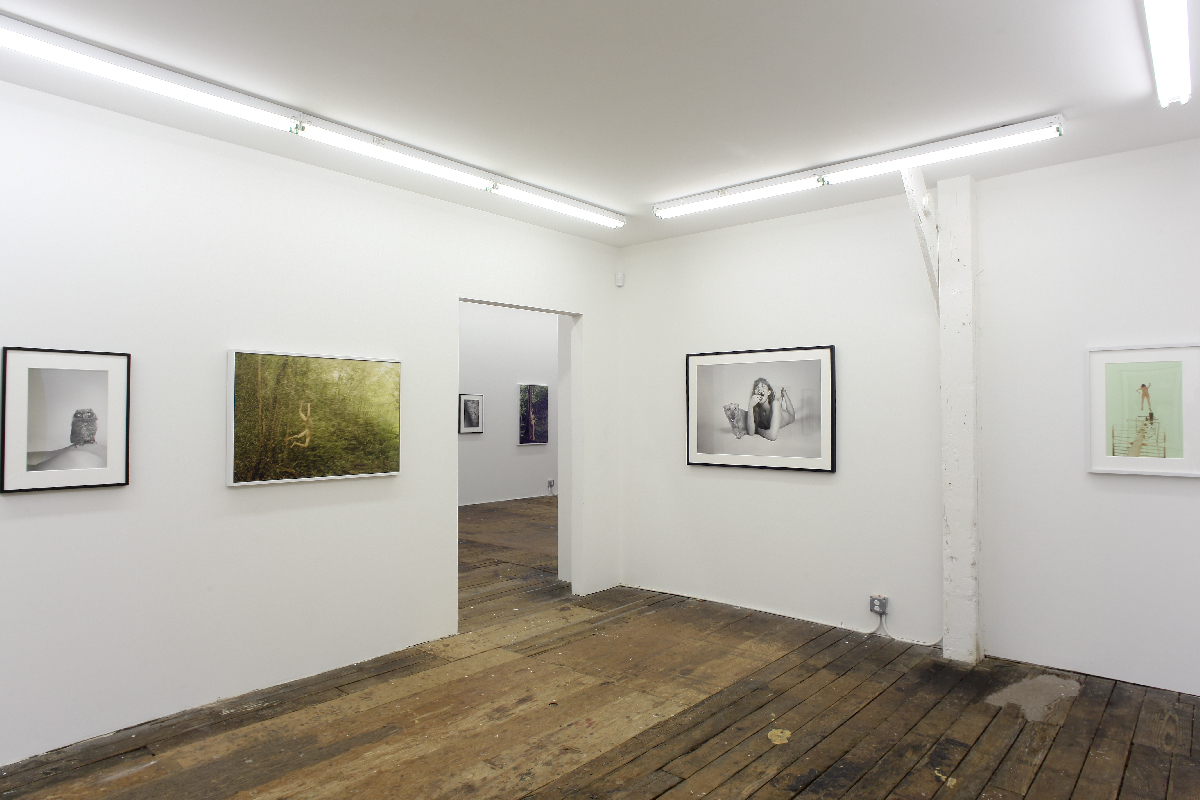
Early possibilities
After graduating from California College of the Arts, Perez worked as a curatorial assistant to Larry Rinder at the Whitney Museum in New York. It was there that he met Barry McGee, who traveled to install Margaret Killgallen’s work in the 2002 Whitney Biennial.
Perez also met Ryan McGinley during his New York years. “One day, I was walking in Chelsea and saw the old Printed Matter bookstore,” Perez remembers. “I walked in and saw this little Ryan McGinley book published by Index Magazine and I thought, this is really interesting.” He emailed the publisher for the artist’s contact and made plans with McGinley to do a studio visit. With pen and notepad in hand, he climbed through Dan Colen’s room to sit on McGinley’s bed; the artist pulled boxes of photographs out from under Perez’s perch.
